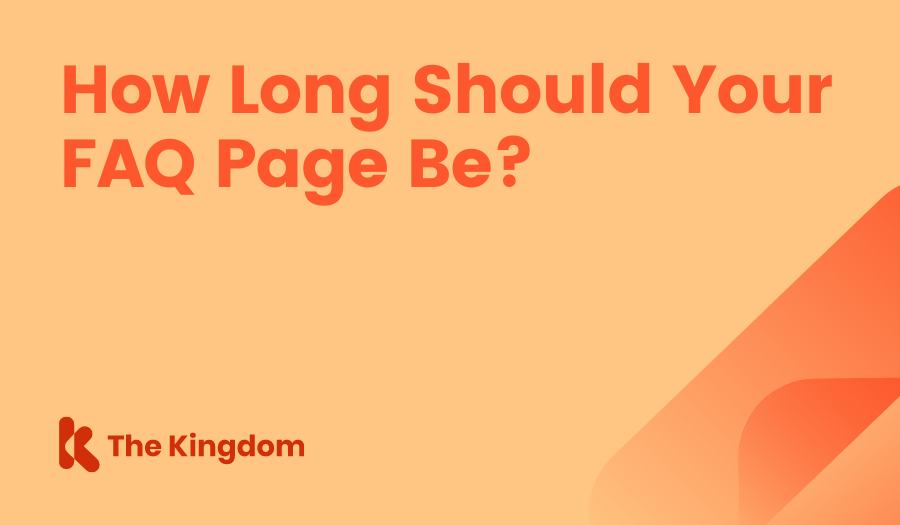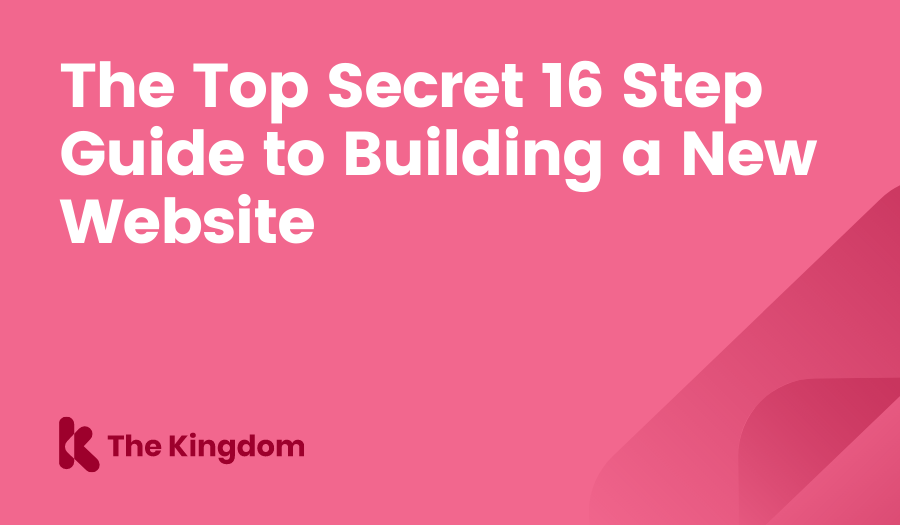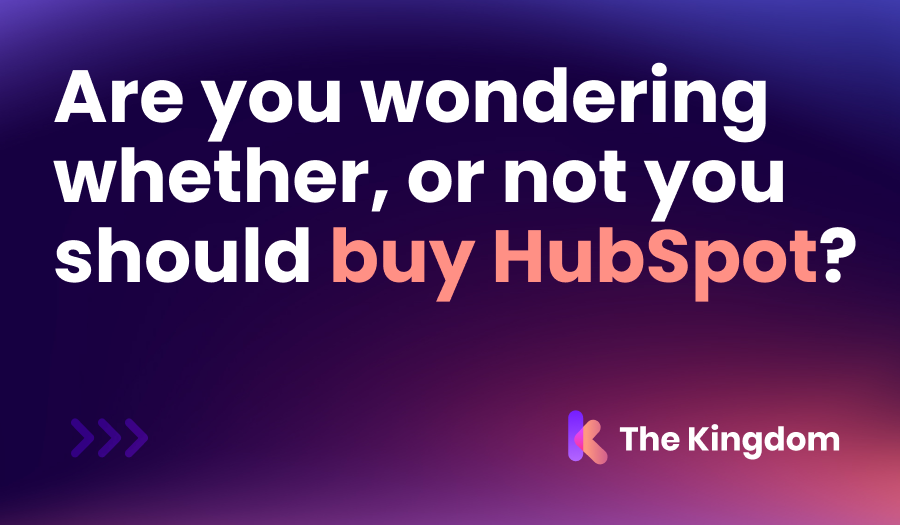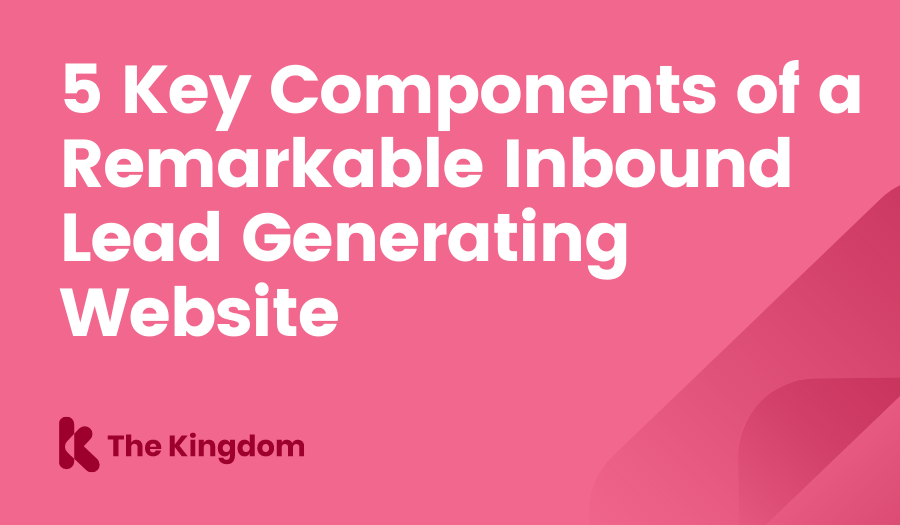How Long Should Your FAQ Page Be?
As content curators and website developers, we get this question a lot.
The answer is you shouldn't have an FAQ page. Your entire website is one big FAQ.
Your website exists to answer your customer’s questions. Every page of your website is there to do this. Your website lives to add value to the customers journey of discovery so they end up trusting you.
Google wants its answers from your website
Your website is your number one sales and marketing tool with the essential job of providing the answers to Google that the searchers have. Google's job is to provide answers to its visitors questions, and the job of your website is to provide the answers to Google.
Ask yourself, does your website provide the type of results that would sit high up in Google rankings?
By providing as many answers as possible to Google and your customer, you will get found more often organically, and your customers will develop more trust in your business.
Research shows that in 2016, 70% of research is done online before a prospect attempted to contact your business. Your website needs to be able to educate your prospects before they are interested in talking to you.
Businesses with websites of 401-1000 pages get 6x more leads than those with 51-100 pages. (HubSpot Lead Generation Lessons from 4,000 Businesses, 2011)
For a business, your goal is to gain your customer's trust by answering their questions. Once you do so, you're one step closer to a qualified lead.
What is the best way to make an FAQ page?
Dedicating an entire page to the question seems like a lot of work, so how do you fill out the content?
Firstly, by going long, it gives you the chance to optimise your page with the right keywords. The more keywords you have, the higher you’ll shoot up in Google’s rankings. By using a tool like HubSpot, you are able to determine the traffic that is going to each of your keywords. From there, you can understand the importance of the language you are using to be found.
By having a whole page to play with, you can answer your customer’s questions much more comprehensively. Add value to the conversation. The glibe, two-sentence answer needs to be banished and replaced with reason, history, evaluation, review, and intelligence that the customer will appreciate.
There is no such thing as too much information for a prospect researching online.
Guide your customer to action using inbound
Use the inbound methodology first to introduce the problem, then to present your solution, and finally to explain how you can further assist your customer with additional website links.
Inbound marketing delivers 54% more leads into the marketing funnel than traditional outbound leads.
Strive to always include a Call-To-Action and a link to a landing page. With an effective Call-To-Action, you can guide your customer to take specific steps, or inspire them to keep browsing your website.
Think outside the square
When answering questions, try to go above and beyond for your customer. Do this by thinking about all the other issues associated with your question.
Answering a question comprehensively shows that you have empathy for your customer's scenario. It will entice them to dive further into your website.
How should you design your menus for easy navigation?
Your menu structure is the entry point to your website. It should easily and seamlessly show off your pages.
To simplify the process, we design many of our websites with left-orientated menus (look at the top left corner).
Side menus provide greater length and width for the navigation, making it easy to operate on responsive mobile devices. It's also important to bear in mind that most people will discover you either from Google, from links within your website, or an internal search tool.
Once you're comfortable with this notion, the your need for a massive menu will be decreased.
What questions should you write about and how often?
So how often should you publish answers to your customer’s questions? Every day is the best answer. You have a constant source of inspiration right in front of you - your customers.
86% of consumers stated that using a search engine allowed them to learn something new or important that helped him/her increase his/her knowledge. (Pew Research Center, Search Engine Use 2012)
Where do you get all this content inspiration from? You can go straight to the coalface. Each day as your business encounters new questions.
Speak to your sales team. Speak to your marketing team. Each new question, new idea and new challenge is cause to write a new webpage.
How many pages is enough on your website?
Our rule of thumb is simple, keep writing. The more you write, the more you help. The more you help, the more you are trusted. The greater the trust, the greater the chance of a deal.
We recommend you keep writing web pages until you are sipping pina collada's on the beach on a daily basis.
You can't get enough web pages on your site. The more you put up, the greater your number of organic search hit chances.
Answering your customer's questions is the key to content marketing. Inbound marketing is the key to converting leads. So, how does your website rate?
Speak to us today about an inbound marketing assessment. It is free, takes 15 minutes and is a great way to trigger new ideas.




